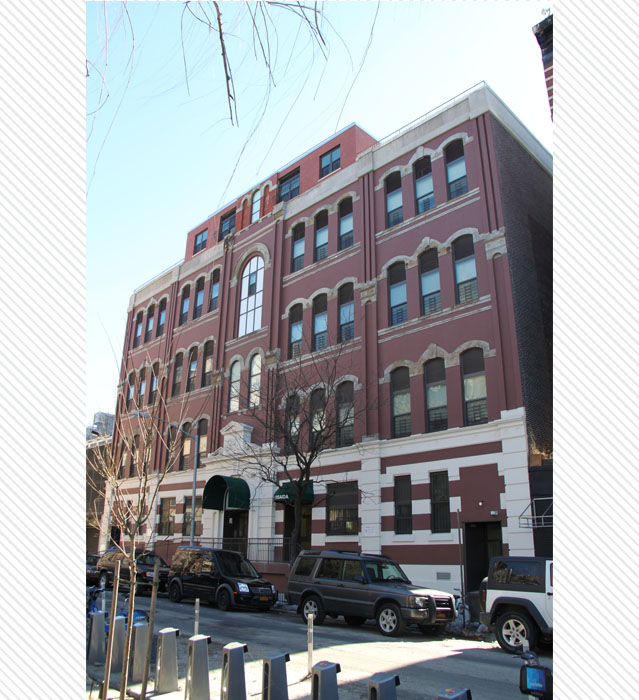It has not always been smooth sailing for the grassroots organization. In 2008, they faced eviction from their city-owned building, which was to be sold for development. The community rallied around Loisaida, Inc., however, and they were allowed to stay.
Since 1987, they have run the Loisaida Festival, along with a wealth of programs in education, arts, culture, and community development. In the face of a rapidly gentrifying neighborhood, they say their mission remains to address the serious economic and social disenfranchisement of poor and low-income Latinx residents, with employment and training opportunities, comprehensive youth development initiatives, and neighborhood revitalization activities that positively highlight the rich culture, heritage, and contribution of the Puerto Rican and Latin American community. The organization focuses on affordable education opportunities in cultural fields, S.T.E.A.M. (Science, Technology, Engineering, Arts and Mathematics), and design. They endeavor to celebrate the grassroots invention and immigrant spirit of the Loisaida neighborhood and Latinx cultural vitality and contributions to New York City.
An official street sign even went up in 1987 on Avenue C between 14th and Houston Streets co-naming the Avenue Loisaida Avenue.
The building is four stories in height and features a five-story central entrance bay with “1876” inscribed over the doorway. It is also present on the 1868 Perris & Browne fire insurance map, but this is because the map-makers later updated the map to include it (a typical practice in the era of hand-drawn maps). By 1916, three one-story additions were built on the lot, but they are not visible from the street. The building is now missing its cornice. As the Superintendent of School Buildings, D. I. Stagg designed a number of other schools for the Board of Education. He was responsible for P.S. 7 (built 1886) at 272 West 10th Street, which is now known as the Village Community School and is located within the Greenwich Village Historic District Extension I. In 2011-2012, an extra story was partially added to the roof of the building.
Before the construction of this building in 1876, another school owned by the Board of Education existed on this lot. Tax assessment records indicate that this rectangular building was built in 1848 as Ward School No. 21 (it is visible on the 1852 Perris & Browne map). By the late 1850s/early 1860s, the front of the building was widened so that its plan was T-shaped. The school was then known as Common School No. 36. Even though that building was demolished, the existence of a school on this lot since the 1840s serves as a remarkable connection to the neighborhood’s earliest period of development when it was known as the Dry Dock district. As is evident in the 1852 map, this section of the East Village was surrounded by iron yards, saw mills, ship yards, and other manufacturing businesses before transforming into the neighborhood we see today.
Block : 378 / Lot : 010 / Building Date : 1876 / Original Owner : City of New York Board of Education / Original Use : Institutional / Original Architect : D. I. Stagg


Do you know this building? Please share your own stories or photos of this building here!